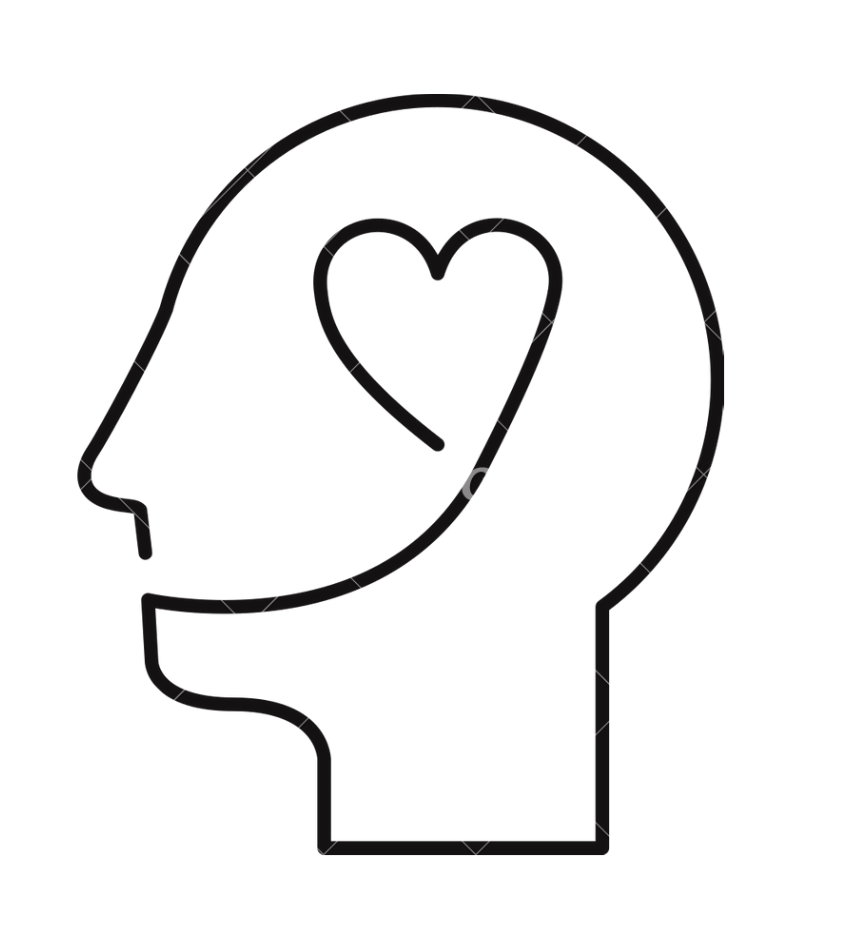Manual Vs. Powered Toothbrush: Seriously though?
- ThinkDent

- Aug 15, 2020
- 2 min read
Updated: Aug 16, 2020
"If I had to choose ONE advise ONLY as a dentist to give to everyone, it would be: A POWERED TOOTH BRUSH is the GREATEST INVESTMENT in terms of your oral health".
Before we talk about science, let's talk Common Sense (growing older made me realize it's not so common):
If you had the option to ride a bicycle or a motor bike to get to work, which one would you choose?
You get the point... both will get you to the same place but which one is more efficient? Which one is going to save time and effort? anything with an engine that's for sure.
Less energy + less time + better result = EFFICIENCY
Some would argue that powered tooth brushes don't produce better results, well let's just say you'll have to spend MORE time and MORE effort to get the same result when using a manual tooth brush (plaque removal).
Now let's talk SCIENCE/EVIDENCE:
In one study (2019) which assessed the longitudinal association of PTB (Powered Tooth Brush) usage on periodontitis, caries and number of teeth present- over an 11 year period found:
Variables of the study:
Age: PTB users were younger than the MTB users
Tooth brushing frequency, dental visits in the last 12 months: PTB users fared well ahead than MTB users.
Diabetes status, MBI: PTB users had lower ranges.
Physical activity: PTB users were more active than MTB users.
Such ideal citizens, huh? One would argue that younger, well educated patients are the reasons to explain the findings below, however, these variables have been adjusted for.
When it comes to oral findings:
Periodontitis: PTB users had lower mean Pocket Depths (PD) and mean Clinical Attachment Loss (CAL) values (in mild/moderate periodontitis).
Caries: lower DMFS and DFS scores.
Number of teeth present: PTB users also had significantly less number of teeth lost (PTB users retained on average 0.36 teeth more than their counterparts).
Main takeaways:
PTB usage has an effect in reducing the progression of mean PD and mean CAL value>> This protective effect translated into more retained teeth.
PTB usage did not influence caries (DFS) progression (conflict in literature).
SO,
If PTB is more effective in removing plaque and thus prevention of calculus formation, doesn't that mean that patient's need for hygiene visits reduced? future periodontal treatment need reduced? Doctor's chair-side time saved. Patient's money invested.
Doesn't that sound like efficiency yet?
Not yet convinced?
Check these:
Disclaimer: These views are solely my own based on the published literature and evidence.

Comments